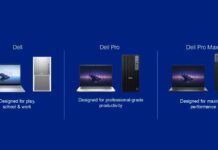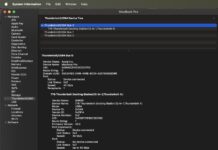The Lenovo Yoga 2 Pro is a convertible ultrabook that I have been working with the machine for about 10 days now. I did want to capture some initial thoughts. In the past ten days the Lenovo Yoga 2 Pro has been on snowboarding trips, multiple round trip plane flights, to a conference and executive presentations. Shy of a long stint travelling across continents, this is a fairly good proxy for travel usage. The flip side to this travel is that I needed a machine that can handle many of the tasks I need to administer the site yet was compact enough to bring as a secondary notebook on trips. Today I am sharing some initial thoughts on the platform.
Lenovo Yoga 2 Pro Form Factor
The Lenovo Yoga 2 Pro is a convertible ultrabook. It can operate in a standard laptop/ notebook mode. The special hinge allows the screen to flip over and be used as a very large tablet. The Lenovo Yoga 2 Pro does have a 13.3″ touchscreen with ample bezel space so it is not as nimble as an iPad or other tablet, but in a pinch it works. The other modes for the machine are tent mode and stand mode which seem a bit redundant. In modes other than the standard laptop/ notebook mode the keyboard is disabled automatically.
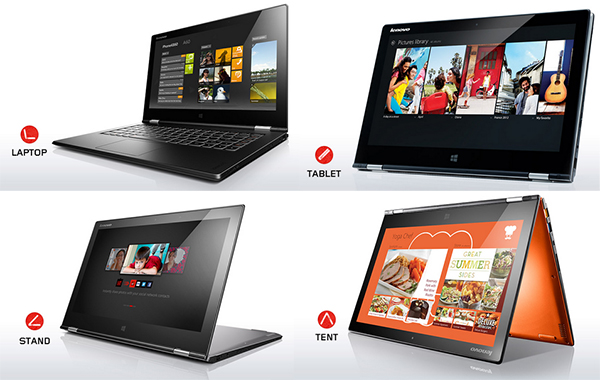
Those that remember the initial Micrsoft Surface Pro impressions from last year, touch screen tablet formats with Windows and keyboards make a great combination. Since last year’s Microsoft Surface RT and Pro generations came out before major US airline carriers allowed electronic devices to be utilized during full flights, the Microsoft form factors worked, but still had to be turned off during takeoff and landing. Now, major carriers allow phones and tablets to be on the entire duration of flights but laptops must be turned off.
As an experiment when it came time to turn off laptops, I had a flight sitting next to an Apple Macbook Air 13″ user. I put the Lenovo Yoga 2 Pro into tablet mode. The flight attendant made it to our row and asked the gentleman next to me with the Macbook Air to turn it off while I was able to continue editing a PowerPoint presentation. There was a clear look on this gentleman’s face of betrayal about the fact that Apple did not provide this sort of modern form factor meaning I got an extra 45 minutes of productivity on the flight while he swapped devices to his iPad Air.
Display
The screen of the Lenovo Yoga 2 Pro is fairly good. The resolution is 3200×1800 QHD+. This yields about 5.7 megapixels of resolution compared with the Macbook Pro Retina 13″ at about 4 megapixels. At first I was very excited by the high resolution. It would provide an awesome platform for Photoshop I reasoned. The IPS panel uses a pentile display which is not the best at low resolutions but on this high of a resolution display looks fairly nice.
The one, well documented, weakness with the display is a total lack of ability to display a bight yellow color. Frankly, this is completely inexcusable. One can tell that the display is trying to produce yellow. The accuracy is simply poor.
Here is a good example of the display trying to produce a yellow caution sticker image:
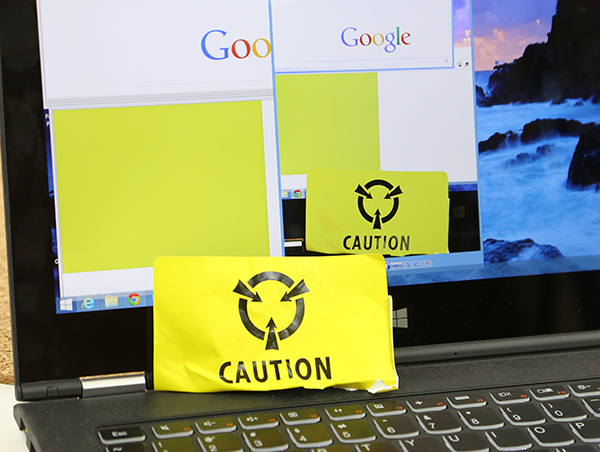
One can see, the results are quite far off. The yellow reproduction has a darker tint. This picture was snapped with maximum screen brightness and power savings features turned off per Lenovo.
Performance
Overall the Core i7-4500U is a decent performer. It is still a dual core, quad thread design due to Hyper-Threading. It is not extraordinarily fast though and will feel slightly sluggish to those who are accustomed to higher-end desktops. The key here is that CPU performance is good, especially given the form factor. Here is a quick Cinebench R15 screenshot of CPU performance (plugged-in):
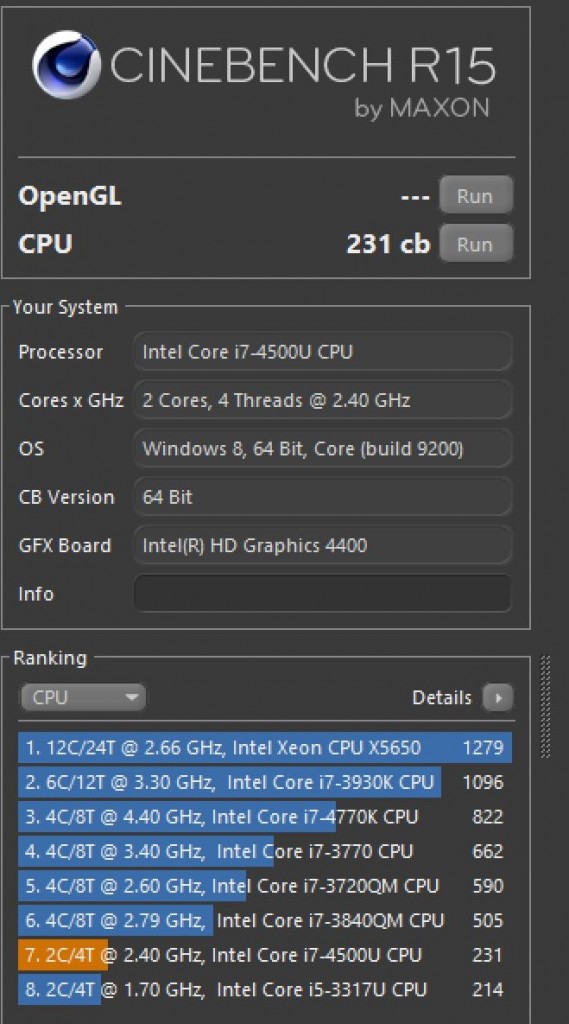
Overall, this is still a 2C/ 4T low TDP mobile processor and it does fall in line with what we would expect from a CPU performance perspective.
The GPU performance is an interesting bit. The Intel HD4400 graphics are a decent Haswell generation iteration. For 2D everything done thus far renders smoothly. Where the GPU falls short is in 3D applications. The GPU is too underpowered to drive the high-resolution display at full resolution. At the suggestion of one of the great STH readers I tried League of Legends which is a relatively easier application on the GPU pipeline. The result was something akin to stop motion animation even at low detail settings. dropping the display to something like 1600×900 worked much better but it also means not running at the native panel resolution.
The 256GB SSD is a Samsung unit that is similar in many ways to a Samsung 840 EVO SSD. The performance is fairly strong.
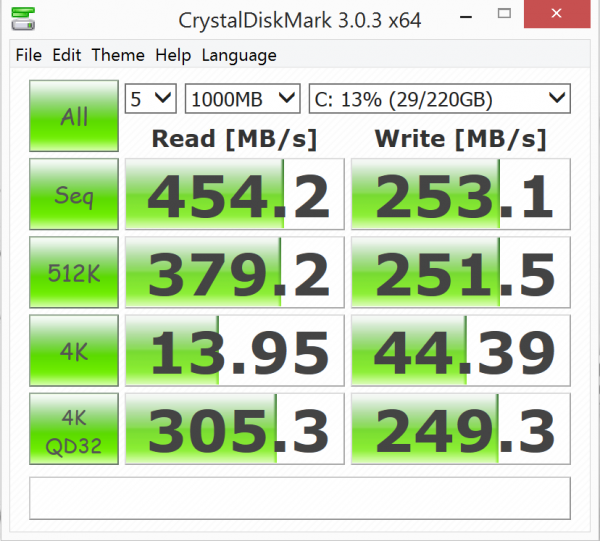
Overall performance in terms of CPU/ GPU and disk are about what we would expect and need in a notebook. One area does fall short though. As a cost saving measure, Lenovo decided to utilize a 2.4GHz ONLY network adapter that can reach up to wireless N speeds. In busy apartment buildings, hotels or airports, the default wireless network card falters. A quick network check showed 2.4GHz wireless being available but no 5GHz networks.
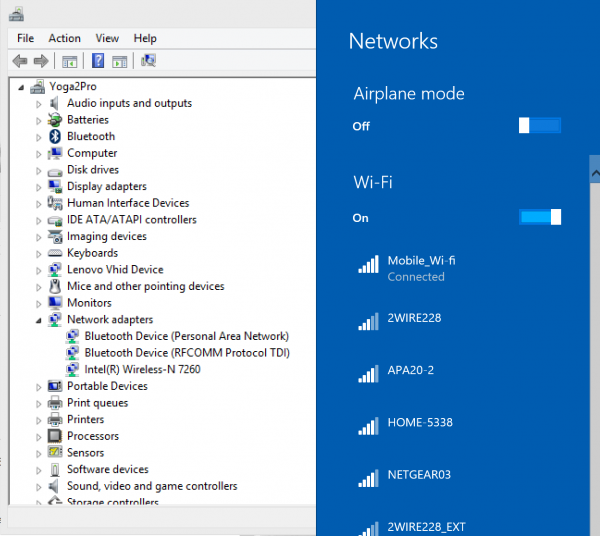
The solution to this seems to be adding something such as an Intel Network 7260.HMWG WiFi Wireless-AC Dual Band 2×2 AC+Bluetooth that I already have on order.
Software
Fonts are very sharp and most UI elements look great. Using Microsoft Office, browsing the Internet and etc. with a high resolution touch display is great. Microsoft Windows 8.1 was supposed to help with high resolution displays. For the most part this works well. There are some applications which do render things in different sizes, namely Google Chrome and Internet Explorer:
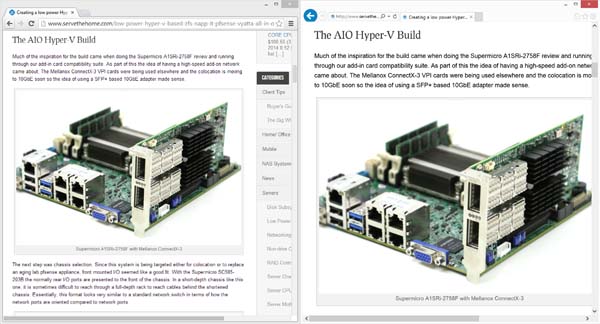
Of course the one application I was most excited about being able to use with a high resolution display, Adobe Photoshop struggles with both touchscreen inputs and with high resolution Windows displays. Even error messages look wrong:
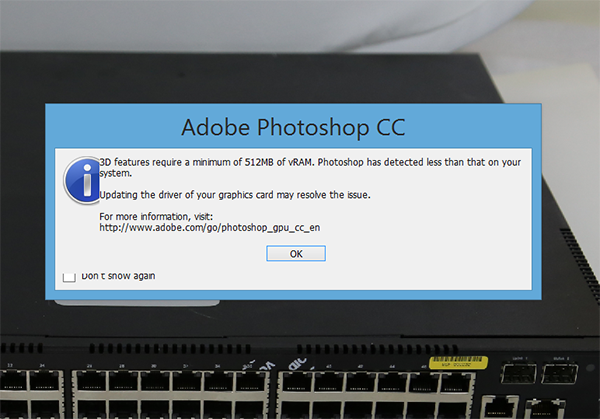
That came while setting up photos of a popular Quanta LB4M 48 port gigabit switch with 2x 10 gigabit SFP+ ports.
Menus are tiny making them hard to see and even harder to click. Several folks have already commented on this behavior. Imagine this on a 13.3″ screen size:
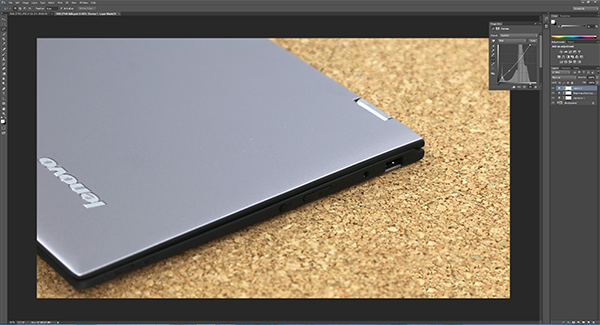
Lenovo does provide some custom software with the Yoga 2 Pro. This includes software to do voice driven input using Nuance’s Dragon Naturally speaking engine. Further Lenovo includes gesture software that can read hand gestures if one is the right distance from the web camera. This is of limited use unless one is utilizing a supported application, from the right distance away and cannot use normal touch screen inputs.
Conclusion
Thus far, the Lenovo Yoga 2 Pro is one of those devices that works well, and is so close to being perfect. If companies like Adobe start supporting high resolution touch screens that will go a long way to help. Battery life thus far has been between 6-7 hours with WiFi and Bluetooth on. In terms of display accuracy, I am ordering a testing device specifically for this purpose. Certainly more to come on this.


